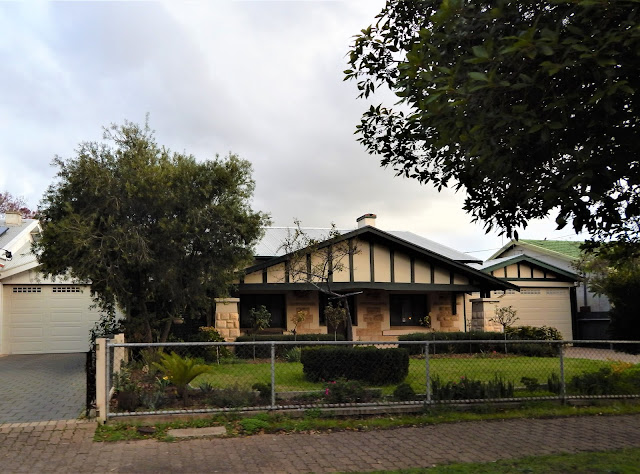The Whispering Wall, known as the Barossa Reservoir, is about an hour's drive from Adelaide, near the town of Williamstown. The reservoir was built between 1899 and 1903 and has incredible acoustic properties which allows sound to travel from one side to the other. If you stand at one end and whisper into the wall, the person at the other end can hear the words clearly, so you can imagine that children, and even adults, enjoy whispering sweet nothings to each other!
We have visited here quite a few times as it is a favourite place to take the grandchildren and it's not far from home. There are picnic tables and nice grassed areas for children to play and if you're lucky you might see some kangaroos and emus.
Capacity is 4.4 gigalitres (one gigalitre is one billion litres), which would fill 2,200 Olympic swimming pools.
 |
| The dam wall is 450 feet from one end to the other |
The dam is more than 10 metres thick at the base and tapers to a narrow walkway at the top and is constructed mainly from concrete and quartz boulders that were blasted from the sides of the gorge. Old tram tracks were added for extra strength near the top.
THE BAROSSA GOLDFIELDS
Our next stop was at the Barossa Goldfields where in the late 1800's around 5,000 men arrived to seek their fortune on the goldfields.
The Goldfields are about 8 km west of Williamstown and not far from the Whispering Wall.
As it was a lovely sunny, but cold, winter's day we decided to do the walk around the mines.
 |
| The Goldfields Historical Society |
 |
| Another warning at the entrance to the walking trail |
We had a good walk around the goldfields which had the mines barricaded for safety. and signs to remind us. We were surprised at how many mines there were as we weren't up to date with the history here, but there were information boards to give us the history.
In 1868 the Barossa mine opened between Cockatoo Valley and Williamstown in the Mount Lofty Ranges that stretches south to the Fleurieu Peninsula and north to the Barossa Ranges. On the second day there were 40 gold seekers, 1,000 within a week and 4,000 within a month. It finally reached 10,000. Gold output from the mine was 3110 kg. The towns of Barossa and Victoria Hill were established following the rush at Victoria Hill in 1869In 1868 the Barossa mine opened between Cockatoo Valley and Williamstown in the Mount Lofty Ranges that stretches south to the Fleurieu Peninsula and north to the Barossa Ranges. On the second day there were 40 gold seekers, 1,000 within a week and 4,000 within a month. It finally reached 10,000. Gold output from the mine was 3110 kg. The towns of Barossa and Victoria Hill were established following the rush at Victoria Hill in 1869 (from Gold Rush South Australia)
 |
| These were the only wildflowers I could find on my walk |
 |
| Very deep mine shafts |
 |
| Fungus growing |
 |
| Interesting tree |
 |
| The grounds of the Historical Society |
 |
| Historical Society We ended our drive with a good meal at the local pub, social distancing of course. |





























































